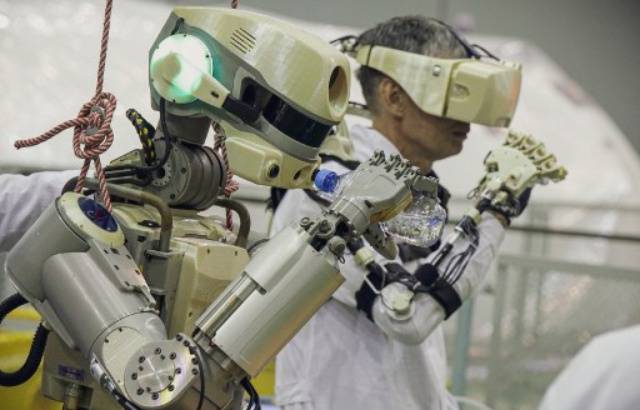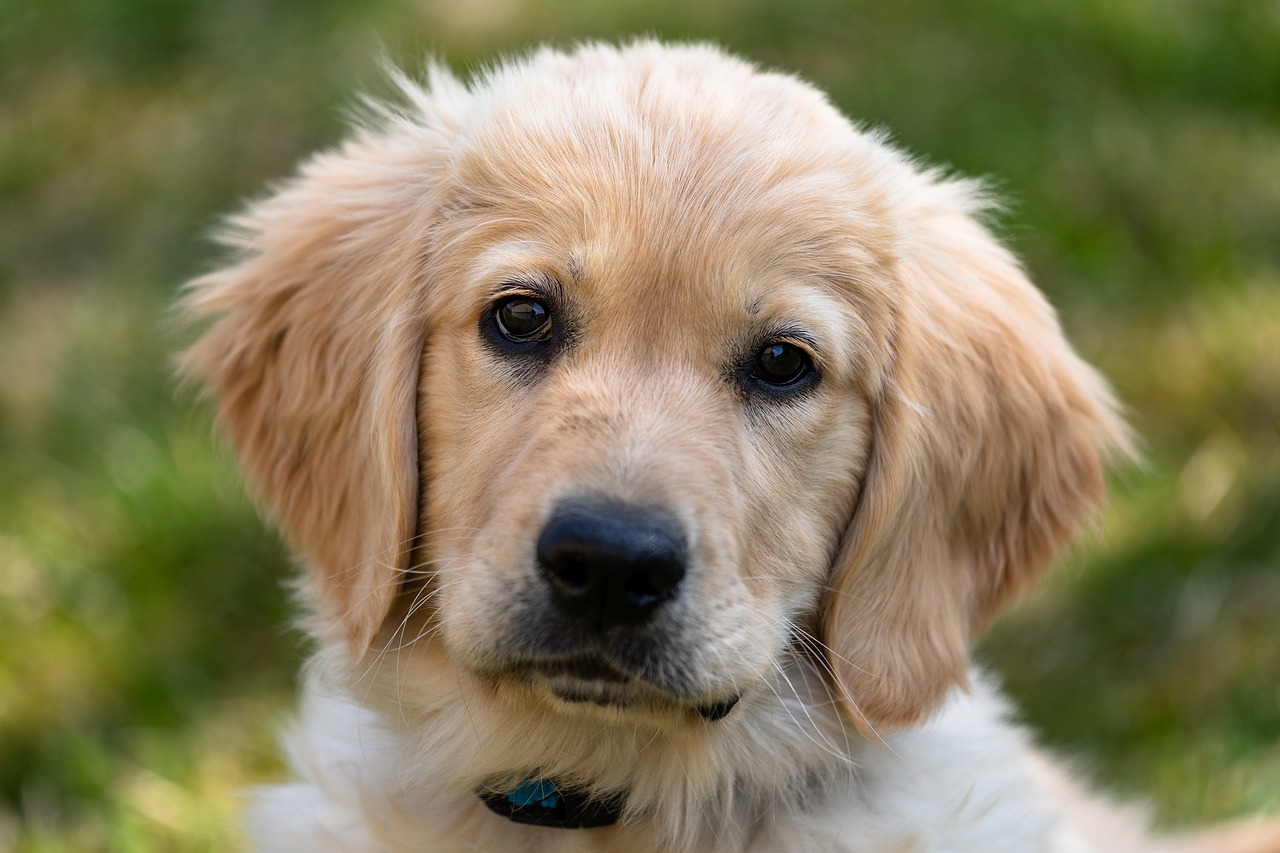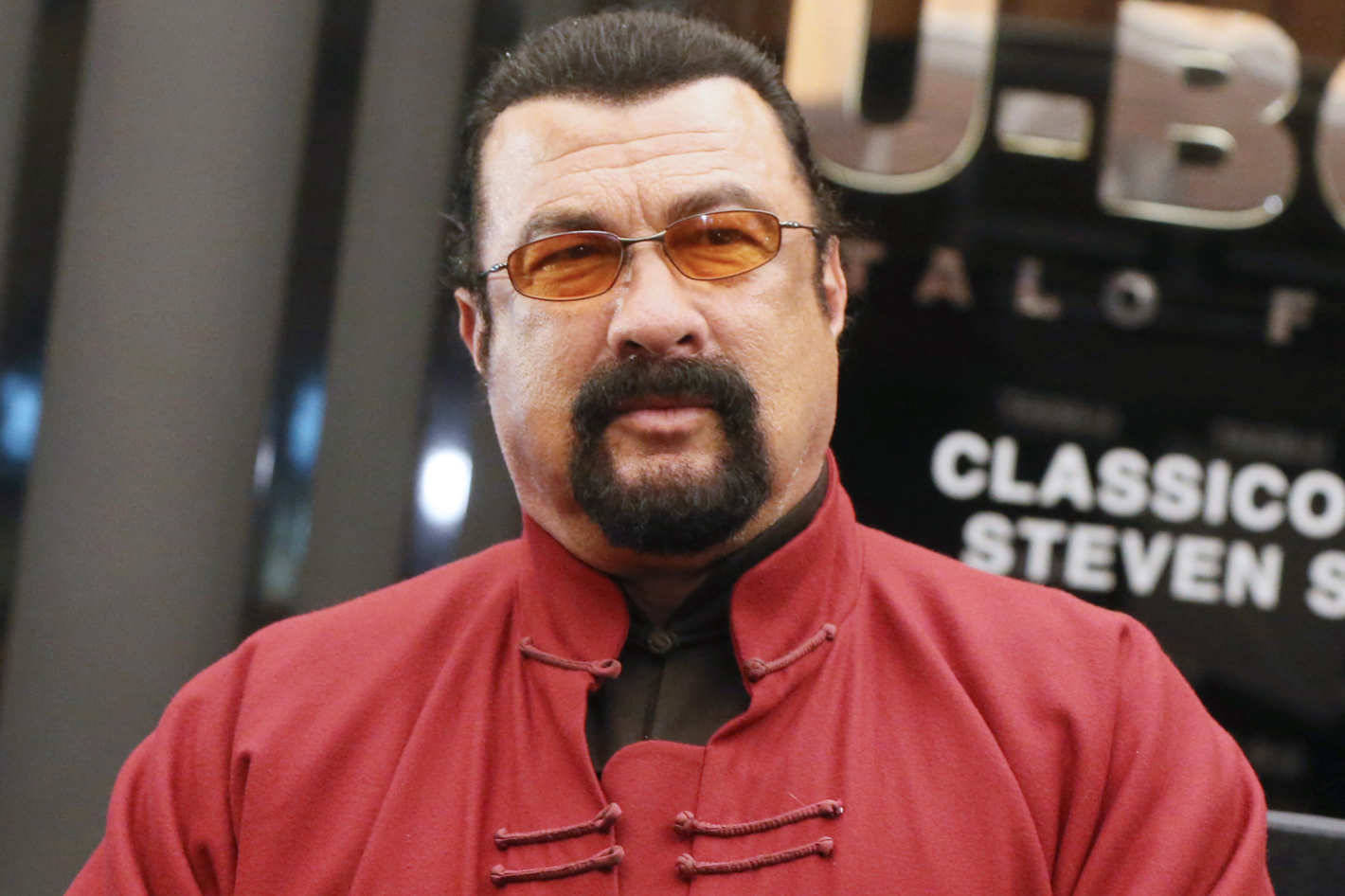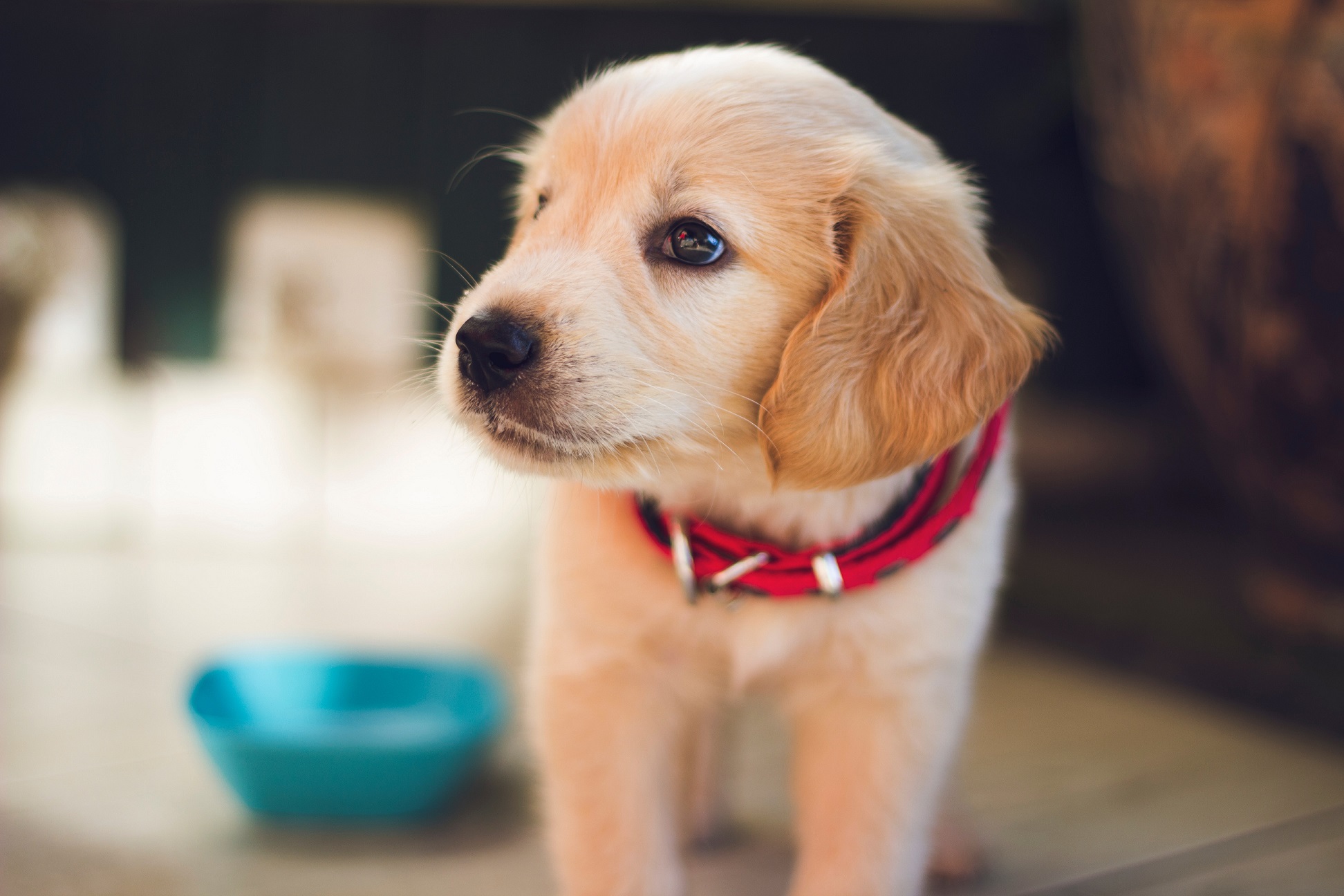The International Space Station welcomes a new robot!

Last Saturday, a robot tried to reach the International Space Station (ISS), but without success. It was during the second attempt on Tuesday that the small 1.80 metre robot named Feodor (or Fedor) finally managed to join the ISS aboard the Russian spacecraft Soyuz MS-14. “I apologize for the delay. I was in traffic jams. I am ready to continue the work. “, he tweeted on his account when he arrived. What a sense of humour!
Weighing 160 kg, Feodor, who looks like a small metallic human, has the duty of spending about ten days on the station to perform certain tasks under the supervision of astronaut Alexander Skvortsov. It is the very first robot of its kind to be sent into space by the Russians. With the ability to reproduce human movements, he is the ideal assistant for cosmonauts. Ideally, Feodor would become a major ally in the exploration of outer space. However, it cannot move around the space station as it pleases.
Pushing the limits
Since humans have limits that we all know, it is impossible, at least for the moment, for them to explore certain confines of the universe. This is where robots come into play, whose limitations could be practically non-existent. These are also very useful when it comes to assisting astronauts with more repetitive tasks.
The human form of these machines is not insignificant. Indeed, the goal of building humanoid robots is to give them the ability to handle the same tools as astronauts.
Will Feodor pass the test?

Feodor’s stay in space seems to have a very specific purpose: to test his abilities in space. To do this, he will be called upon, among other things, to use a screwdriver and wrenches, for example, but also to see how far the very low gravity affects its abilities. However, for the rest, the Russian space agency is rather secretive on the subject.
Other robots have visited space before him
Feodor may be the first humanoid robot sent into space, but it is not the first robot to leave Earth. Indeed, NASA had sent a similar robot, Robonaut 2, into space in 2011, but technical problems forced its return to Earth in 2018.
Japan had also give it a try in 2013 by sending a robot along with Koichi Wakata, the Station’s first Japanese commander. Kirobo, by his short name, had the ability to speak, but unfortunately only in Japanese.







